After we had driven a big and simply wonderful round through my absolute favorite city in the morning, we still had the whole afternoon before us and it was all for ourselves. We had another appointment for the early evening in Adachi-ku, one of the northern districts of Tokyo, and since we had never been there before, we wanted to have a little look around.
Adachi-ku is one of the districts that is rarely visited by all those hordes of domestic and foreign tourists who roam through other parts of Tokyo, and it has more of a communal atmosphere. Quite a bit outside the city center, it borders Saitama Prefecture to the north and serves more as a gateway to the Japanese capital.
Nevertheless, a small internet search revealed several places of interest, of which we finally limited ourselves to one. I was in the mood for a temple again and since nobody refused my proposal, the decision wasn't too difficult to make.
Nishiarai Daishi Sojiji - the largest Buddhist temple in Adachi-ku was our next destination. And since we came in Tokyo by car, we rolled up there on our own four wheels and completely skipped public transportation on that day.
But you can also get there quite comfortably by train, the Daishimae station is in the immediate vicinity and from the city center the trip does not really take long. But usually train travel in Japan and Tokyo is nice experience and therefor in itself a reason for going on a trip.
We found our way there quickly and parked comfortably just behind the temple and I was looking forward to a walk that should bring us once again in some still undiscovered new territory. Even if we had entered the temple from the back, the following photos are arranged as if we had walked through the main entrance.
Well then, let's have a look together...
At normal times, the last few meters before the temple entrance shouln't be so quiet and empty. To the left and right, several few stores line the way, but most of them were closed that day. The still ongoing situation has unfortunately made no exception here. But I can imagine that especially at the beginning of the year, the scene will look very different. Already here in front of the temple, the crowds will have jammed, when many residents and outside guests want to celebrate the festivities for the new year. But there was no trace of it today.
And there we stood in front of the entrance gate, the Niomon, which was built entirely of wood and as usual makes a big impression. I guess I'm already used to such sights, sometimes I realize only when looking at my photos, how great it actually looks. Probably this is also because I then have much more time and peace to look carefully.
Shortly after the entrance you will probably stop at this old well and wonder what this is supposed to be. Probably for safety reasons and also to not contaminate the water, the well was covered with this heavy lid. But I would have loved to take a look inside.
And then you get to wonder at this sight. Has it snowed here? And what is this supposed to be?
This is the Shiojizo, or salt jizo. Jizos are small stone statues depicting Bodhisattva Ksitigarbha, a deity who is considered and revered as the patron saint of children and also travelers. The salt around and on the Shiojizo is said to have special powers and help especially with skin diseases. You are welcome to take a pinch and apply it to the affected areas. When everything is healed, you are supposed to bring back and put back twice the amount you had taken before. Considering all the salt here, I can't help but wonder if the Jizo here may not have some really interesting powers.
The origins of the temple are said to date back to 826. The story goes like this : Kobodaishi, a Buddhist monk was wandering through the Kanto region at that time and noticed that many people in the area had died from an epidemic. He made a wooden statue with eleven faces and built a well in the dry area. After 21 days of prayers and fire offerings, water suddenly gushed from the well and purified the people. For this reason, the temple is called Nishiarai Daishi 西新井 'A New Well in the West'.
The main hall is the temple's largest and most important building, where most Buddhist ceremonies and devotions are held. Once you have climbed the stairs, you can get a very good view of the whole site from there and also a better idea of the whole complex. The round on the ballustrade will also surely tempt many people to pull out their cameras and take some photos.
Here is another box into which people are asked to put their offerings and donations . The sound of coins is always well received, but I am sure the sound of notes sliding into the box is still preferred. After that you may enter and say your prayers.
Once inside, you first notice how large the main hall actually is and how spacious it seems. As is often the case in temples and also in churches, this special, sublime atmosphere prevailed here as well. The furnishings and decorations, which are still so exotic for me as a Central European, playing a large part in this.
Here I can also easily come to rest and briefly go into myself. A short break is important for the body and also the mind, and spirituality in small doses doesn't hurt either.
If you leave the main hall again and keep to the left, you will see several statues of various deities who watch over and protect the temple complex but also the devout visitor.
The Buddhist mythology is still not very familiar to me, but even I can feel the aura that emanates from here. It is probably the wishes and hopes of all the people who have been here before, who form and share this special energy.
In the complex you can also find several ponds and also a small garden, which fits in wonderfully and forms another oasis of peace and relaxation.
These are exactly the places and sights I keep looking for. I love to walk in such ambience and it always helps me to relax and reflect.
And the many Koi carps too are always a nice sight and a cheerful splash of color in our already so vibrant world. These fish are usally used to visitors throwing them a little food, and as soon as someone approaches, they snap expectantly and throw themselves into pose.
There is also a small shrine in the back dedicated to the fox deity Inari. Again, Buddhism and Shintoism enter into this peaceful symbiosis that I have encountered so often in Japan. It is good to see that religions do not always have to compete with each other, but can complement each other and grow together.
Inari shrines, can be found all over the country, dedicated to the fox goddess, who seems to be one of the most popular deities in Shintoism. Inari is usually associated with fertility and the rice harvest, but also business success, and general prosperity and well-being.
Many small and larger fox statues show of the popularity and also the importance of the fox goddess Inari, and I too can hardly escape her charisma.
A wonderful sight, especially with the color red which is so ubiquitous here in Japan. And especially foxes have something so mystical and also sublime and I can understand why in some parts of the world foxes are revered as sacred animals.
One more look back and then we were on our way again, but the pictures and impressions of the temple and also the shrine were firmly stored in our memory. And now, writing this article, everything comes back to life and appears fresh in my mind's eye. Probably my blog articles also help me to revive my memories and thus to preserve them even longer. When you write about what you have experienced, sometimes it feels as if you are reliving even more intensive. Elusive moments solidify and perhaps even survive eternity.
It had been beautiful, and with this view from the ballustrade of the main hall I would like to end today's contribution. For us, there was one more restaurant visit on the agenda of that evening, before heading out of Tokyo again the next day. But fortunately, we had planned one more stop before heading home for real.
But I'll tell you about that another time, so please check back soon when there are new pictures and impressions from the land of the rising sun to see and read about.
またね matane
[//]:# (!pinmapple 35.779843 lat 139.779934 long Nishiarai Daishi Sojiji - Just another temple in Tokyo? d3scr)
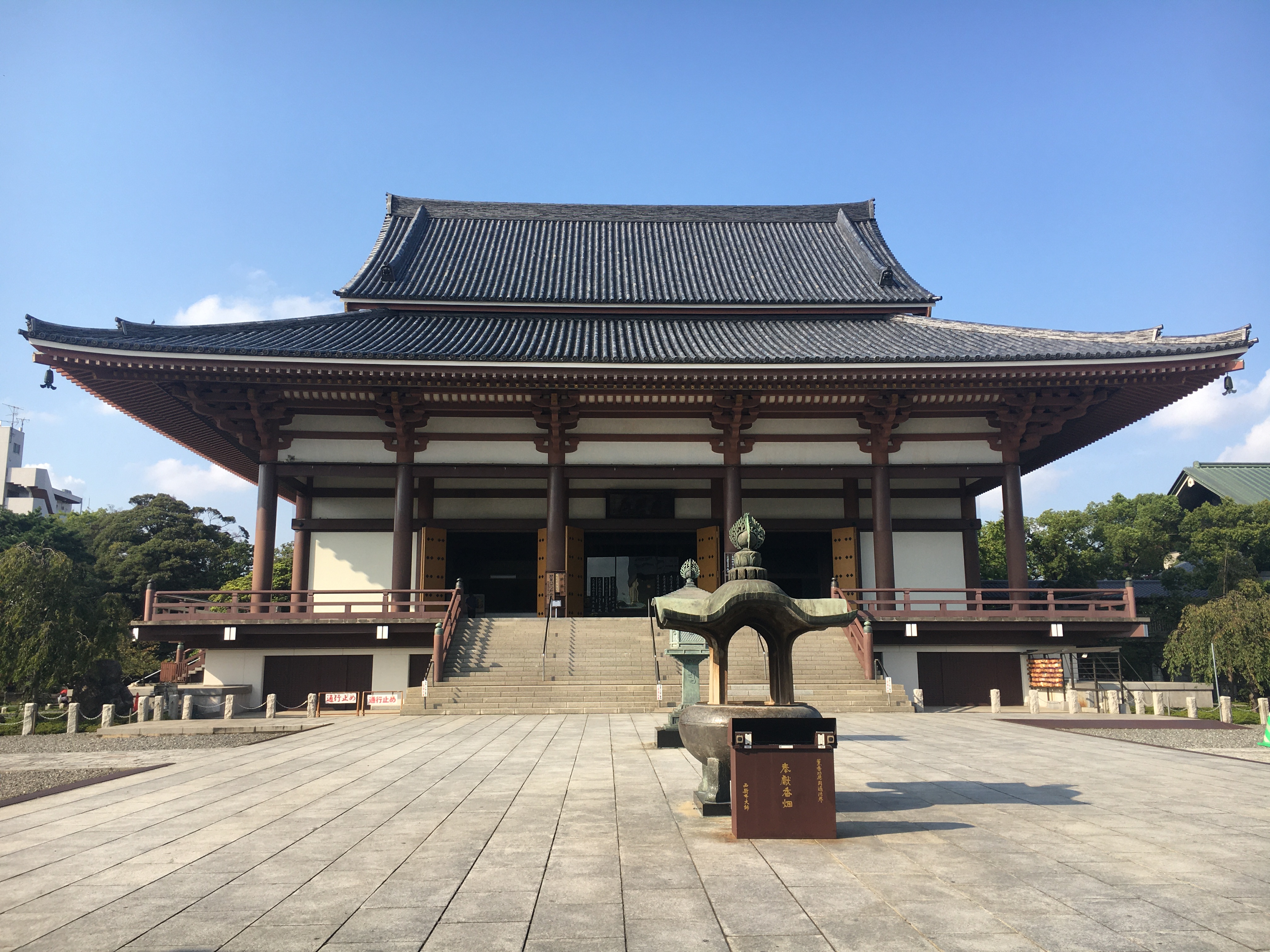

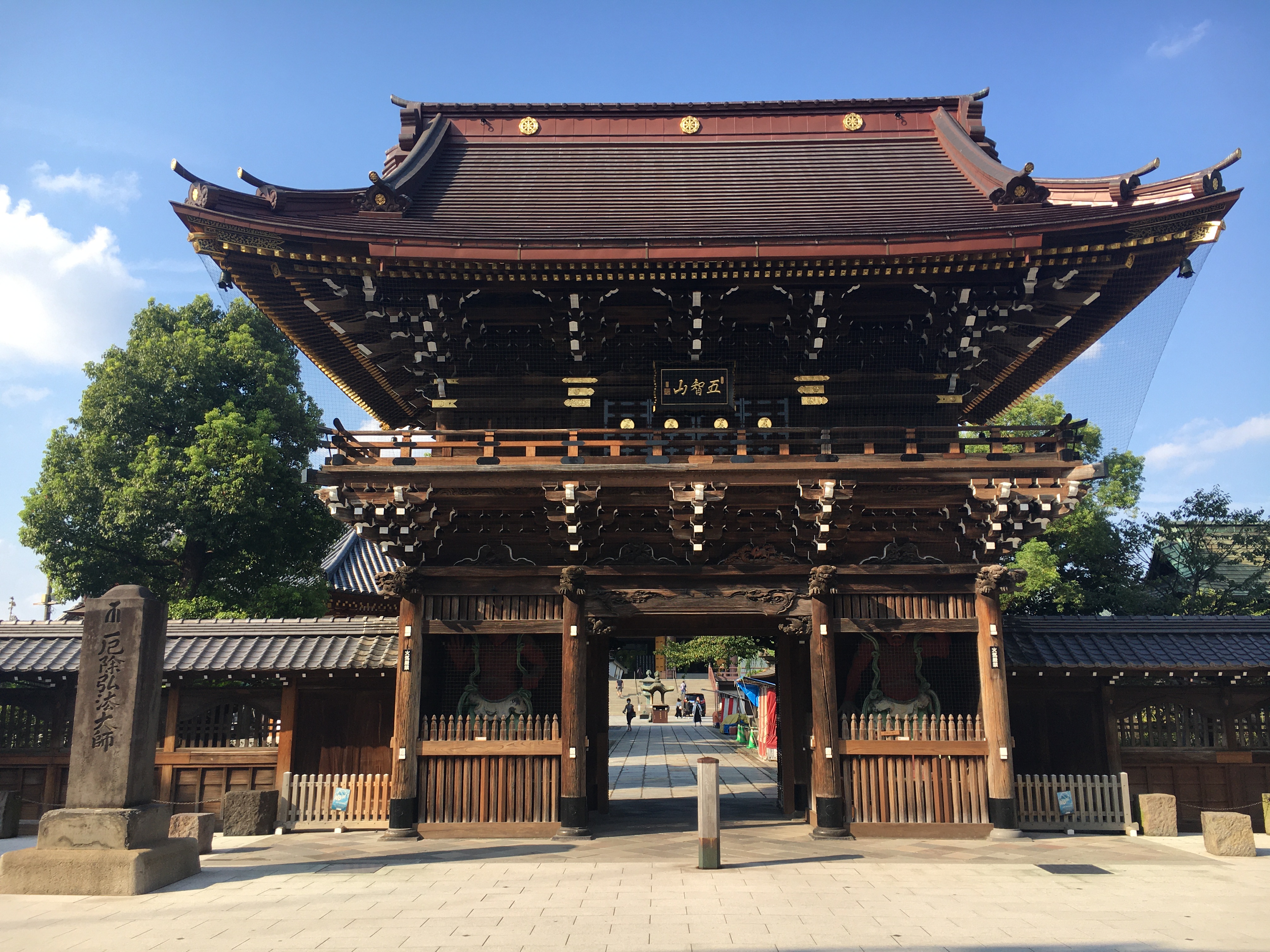


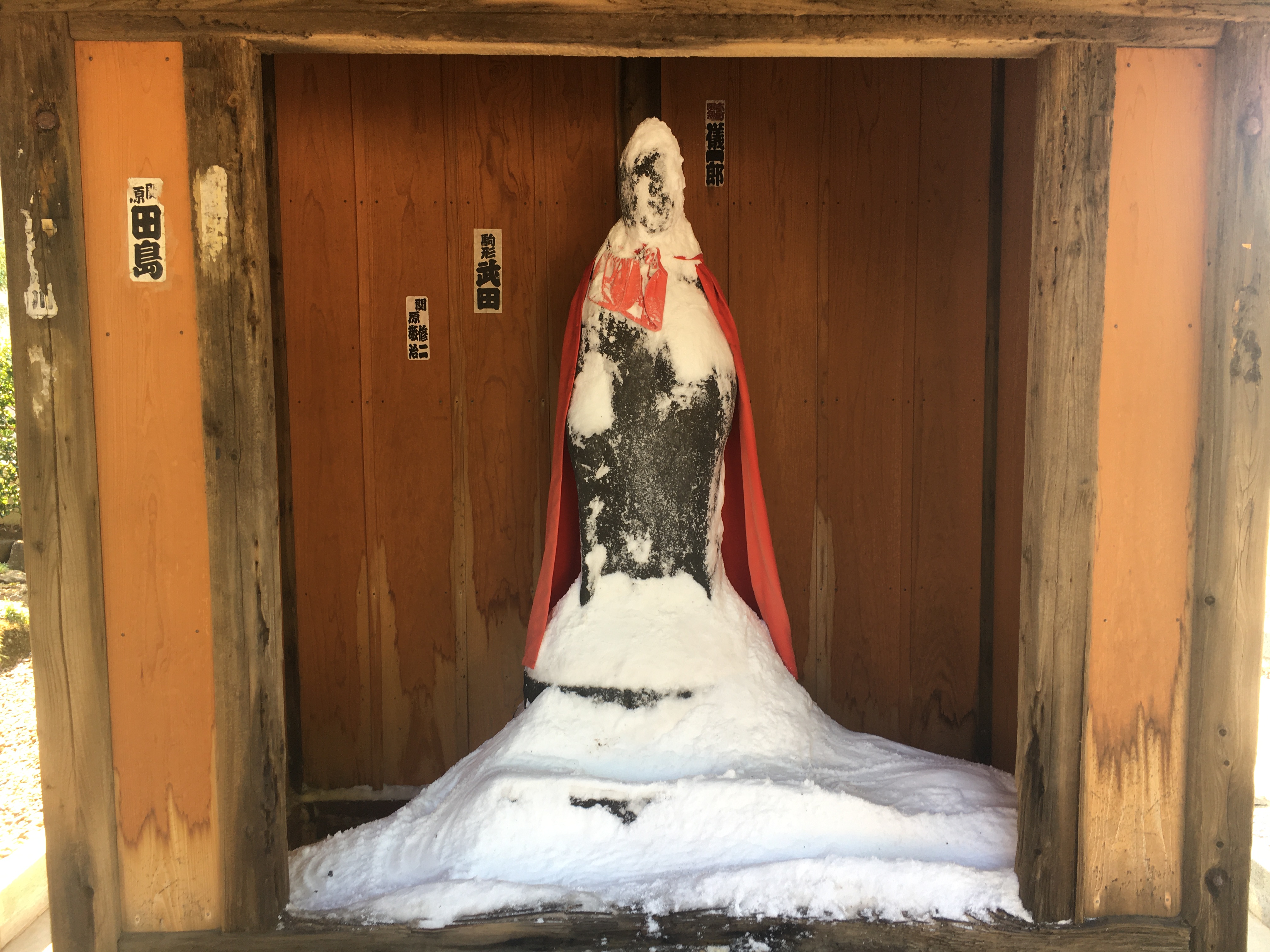
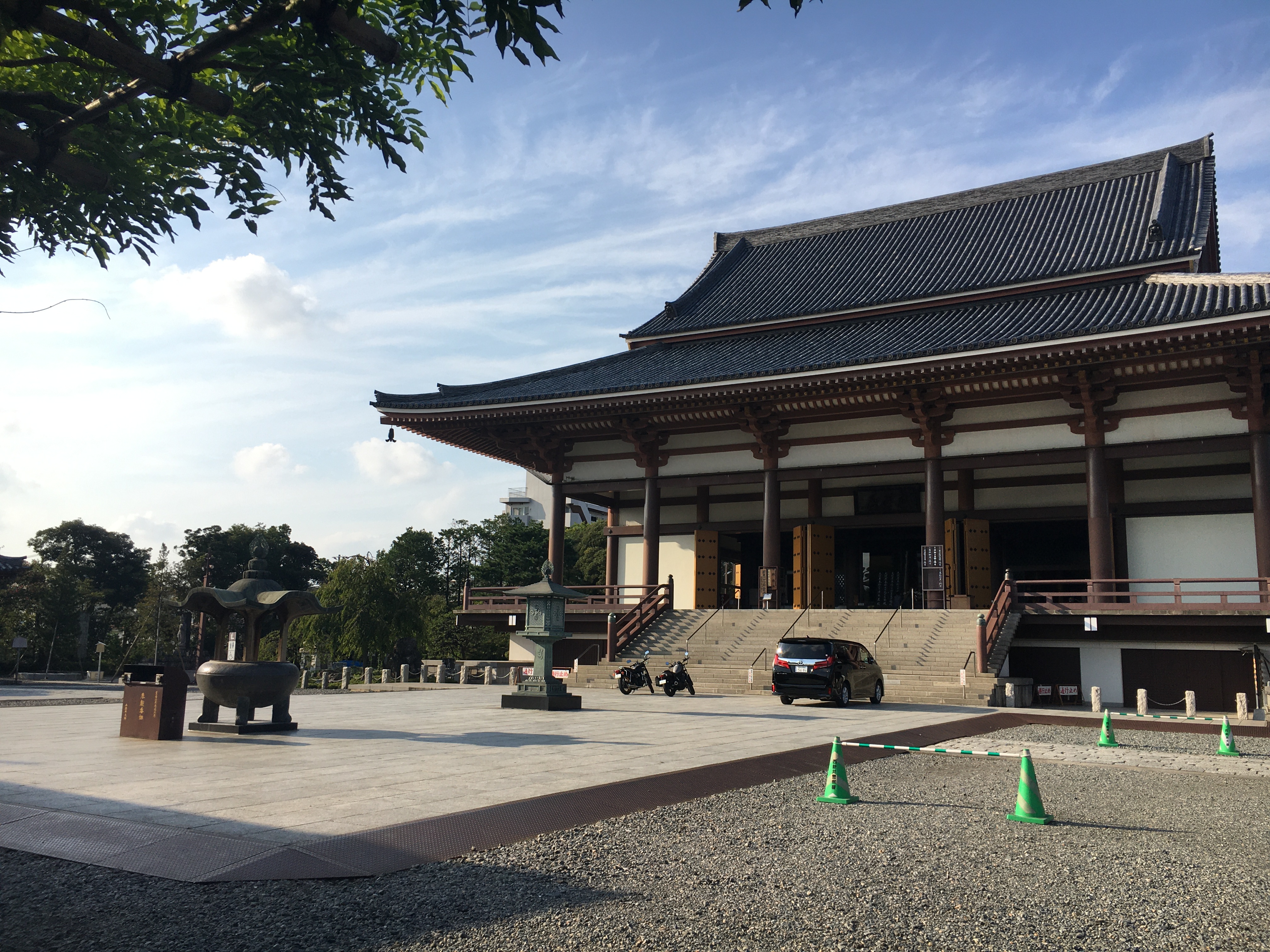
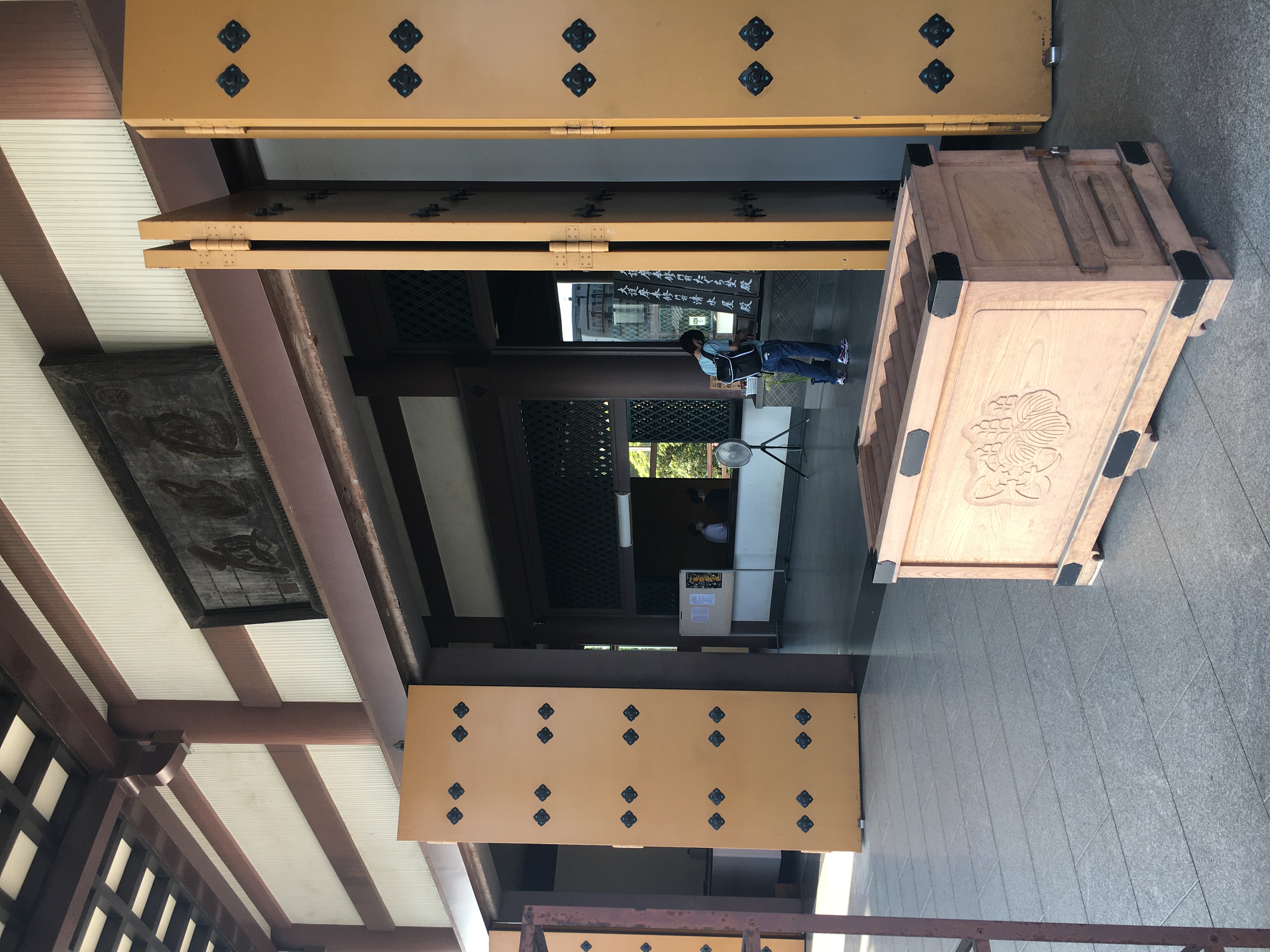
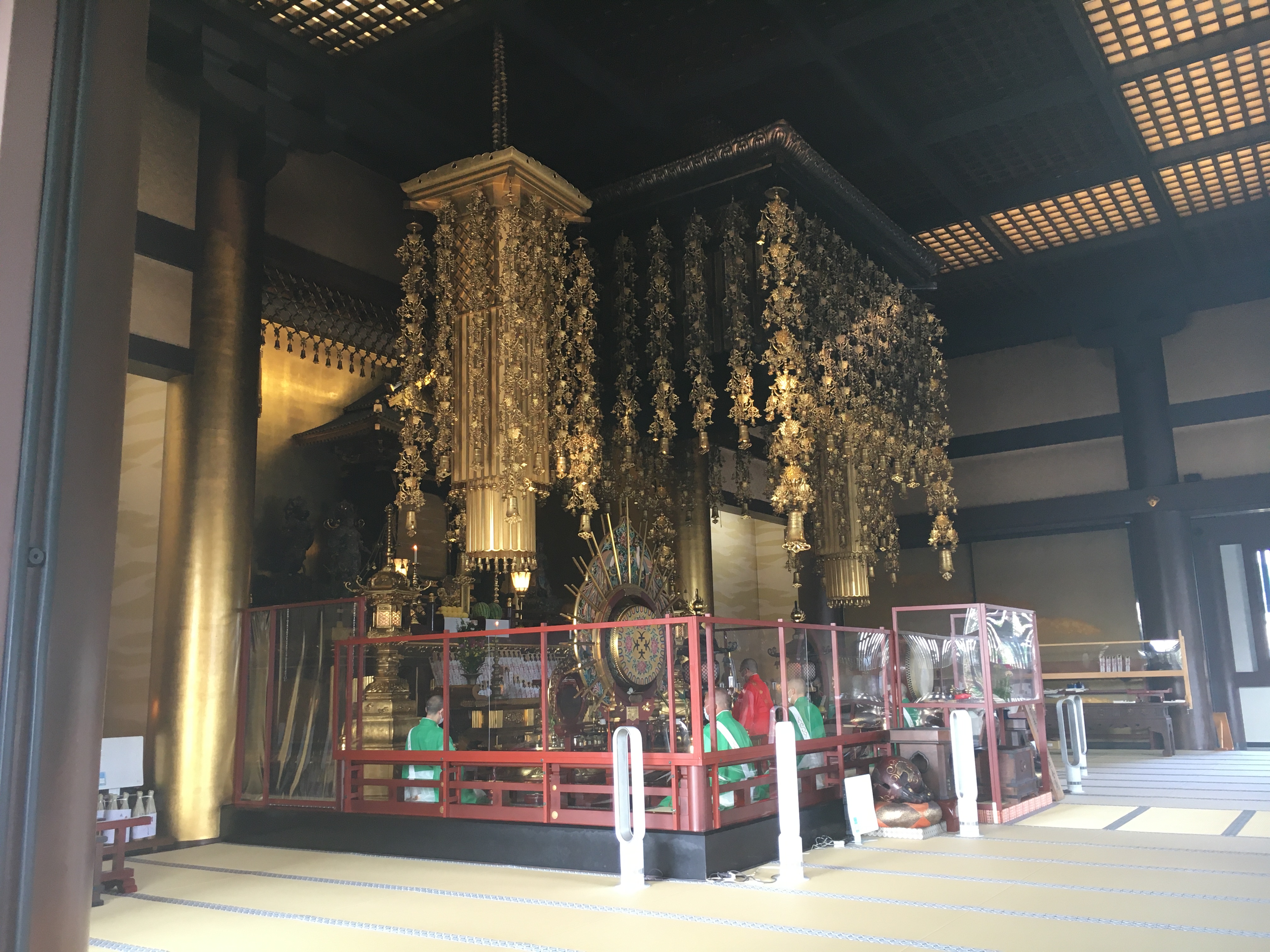
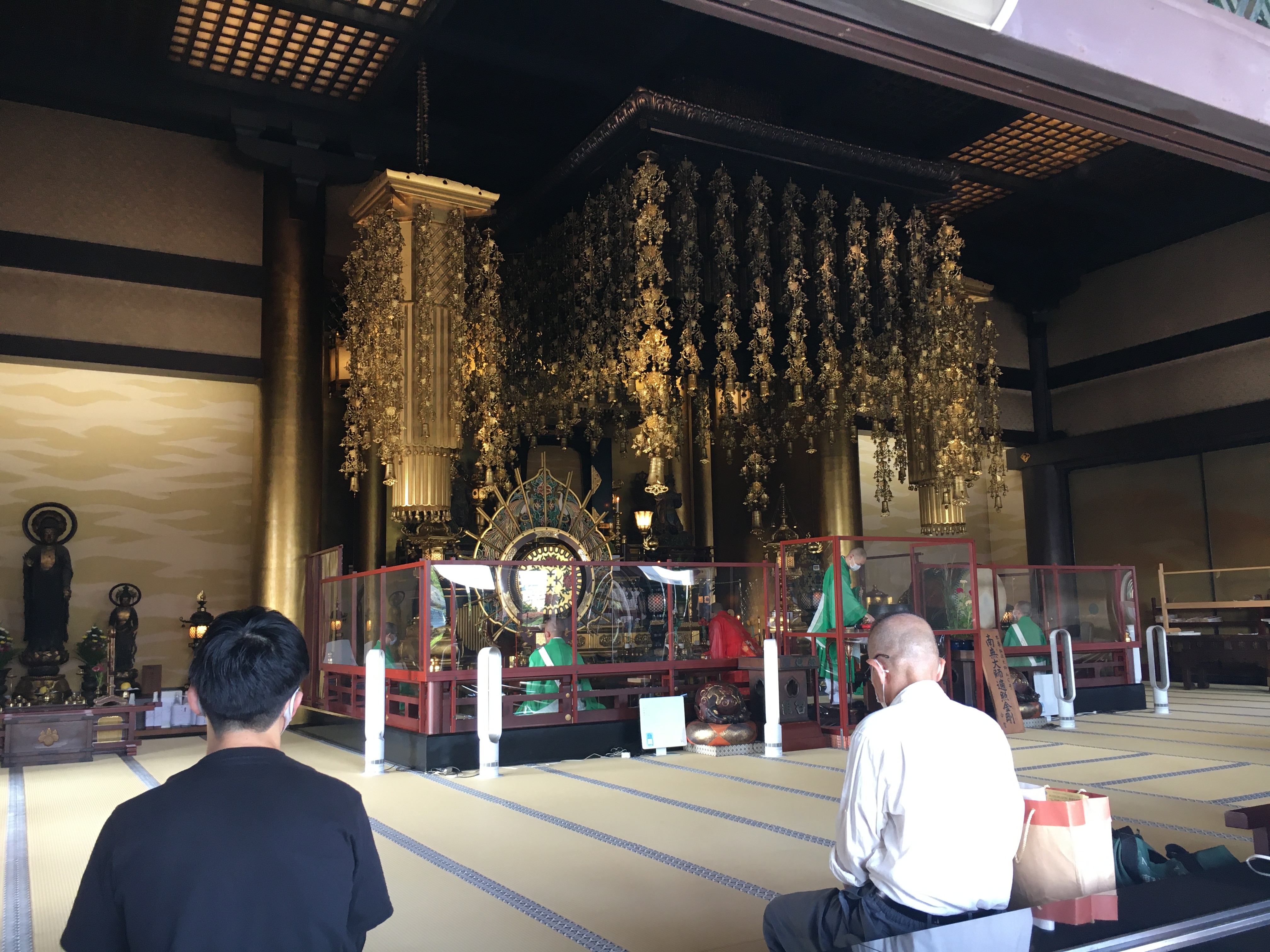
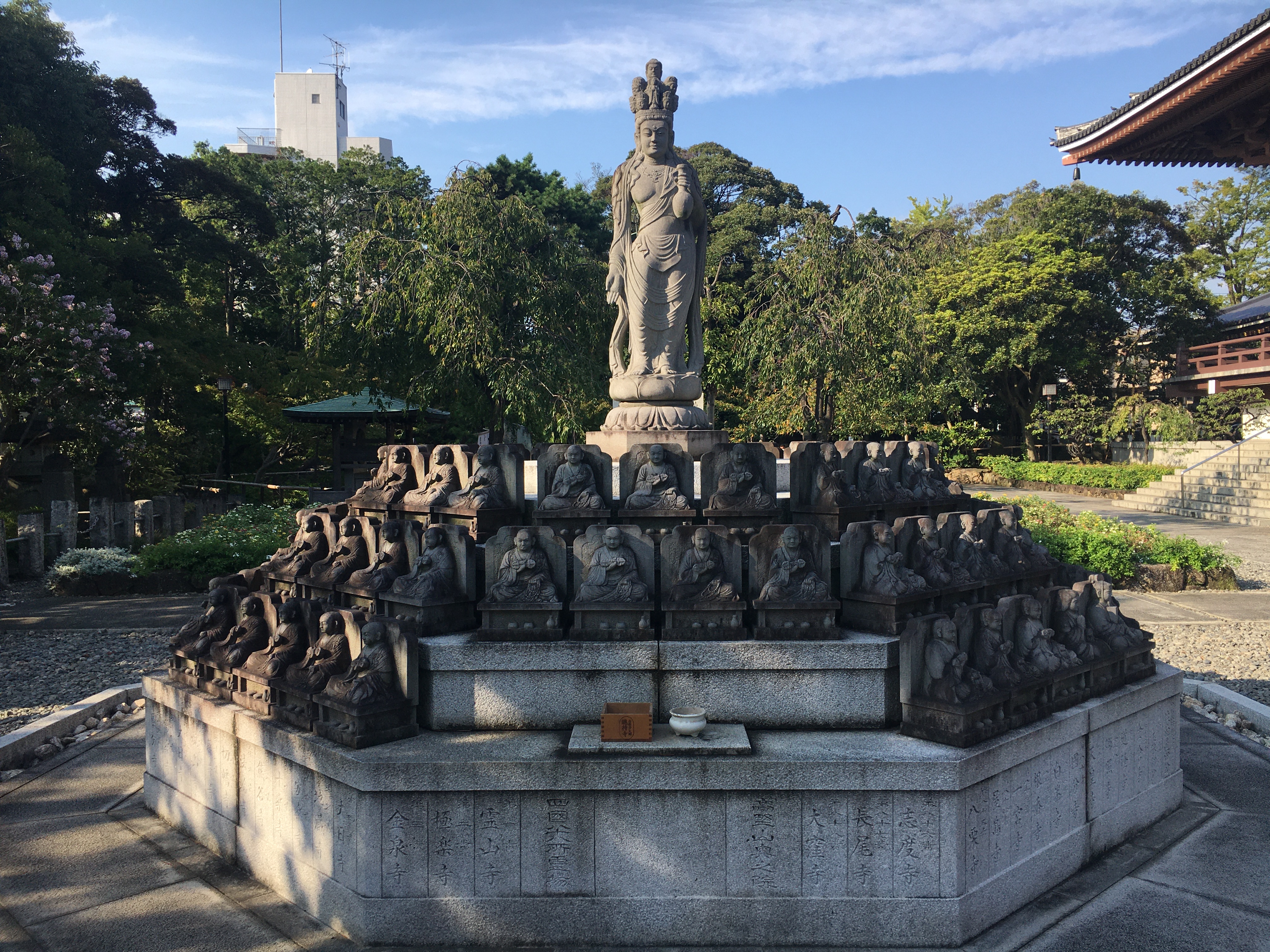
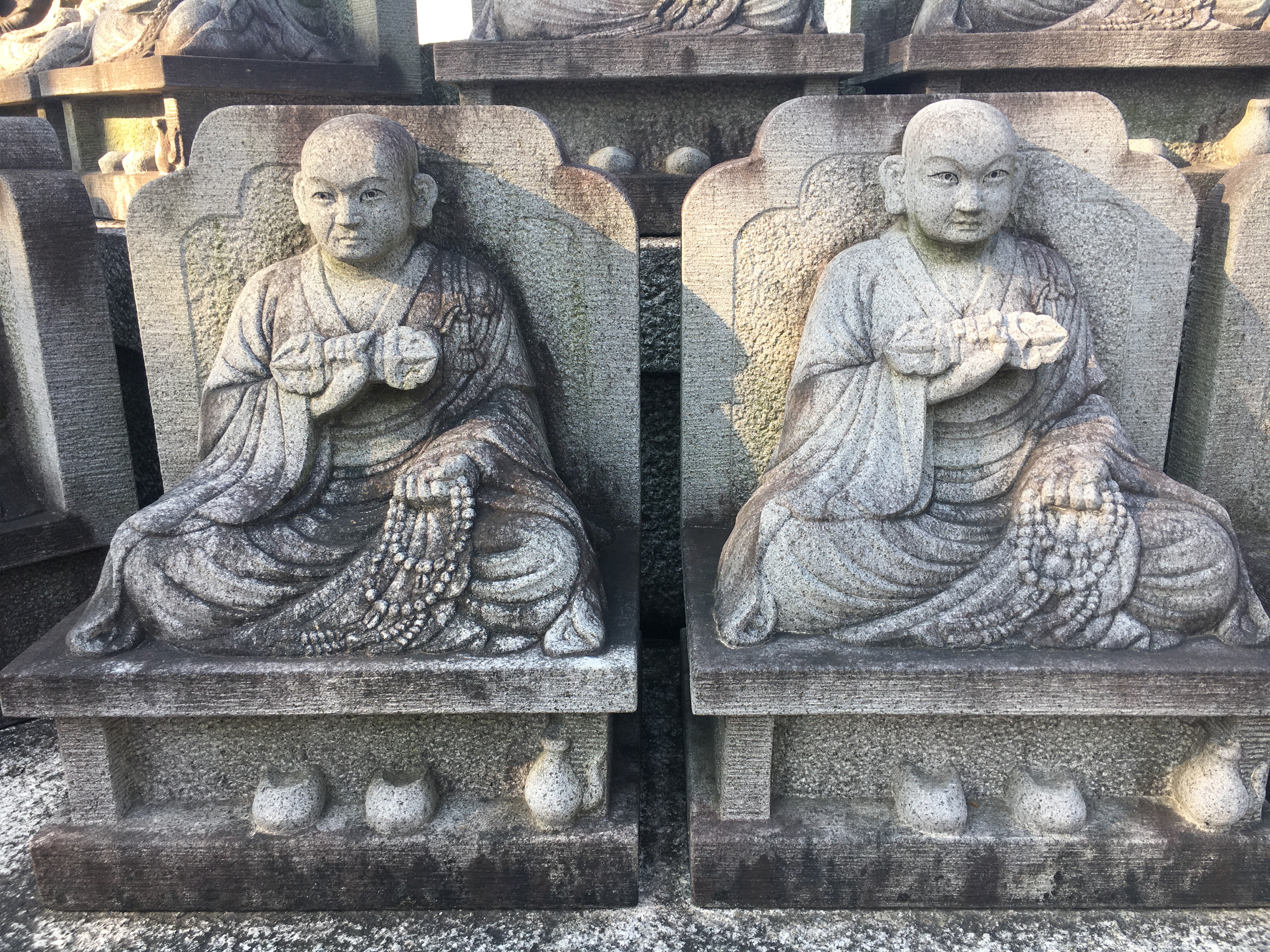
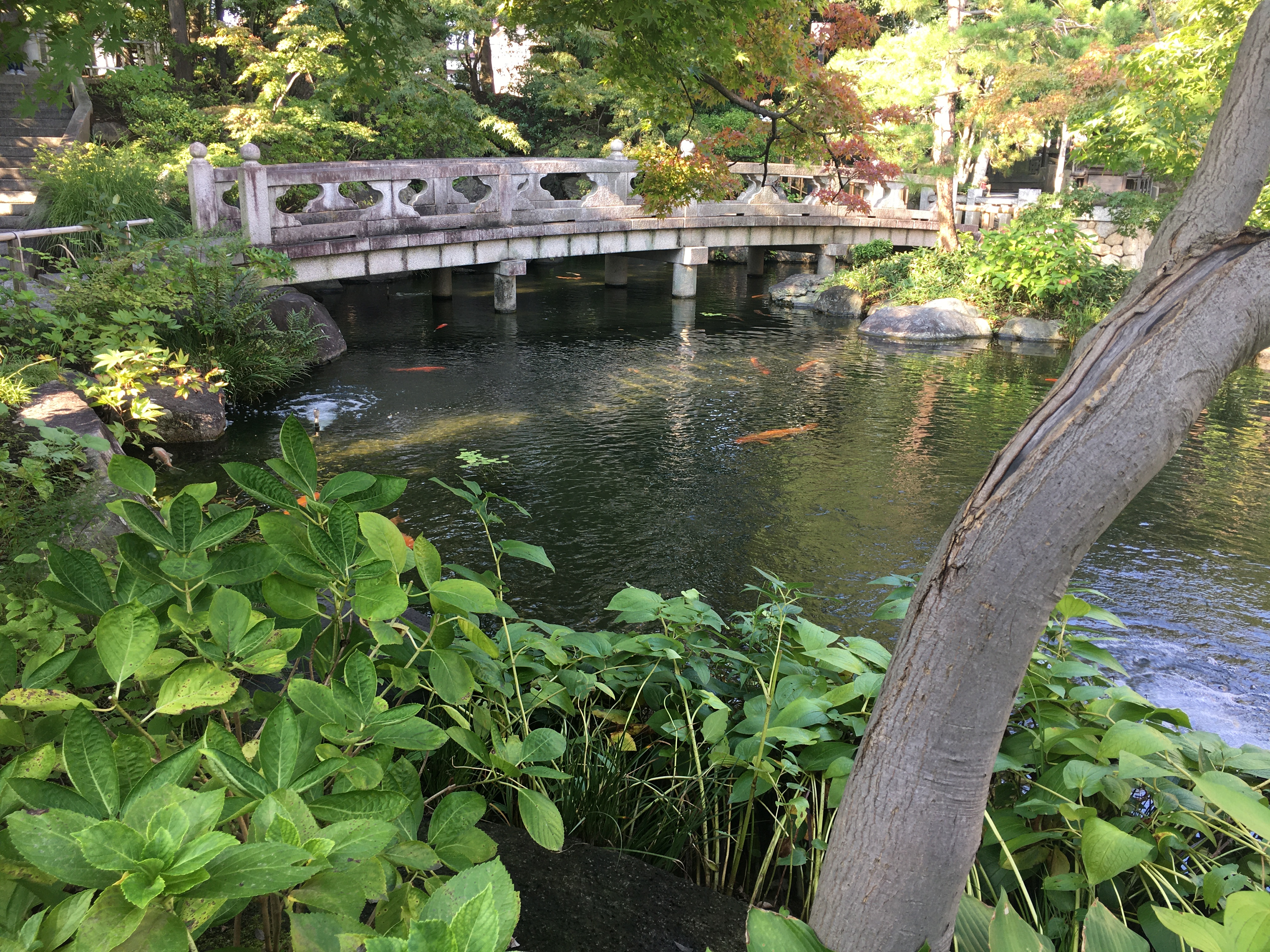

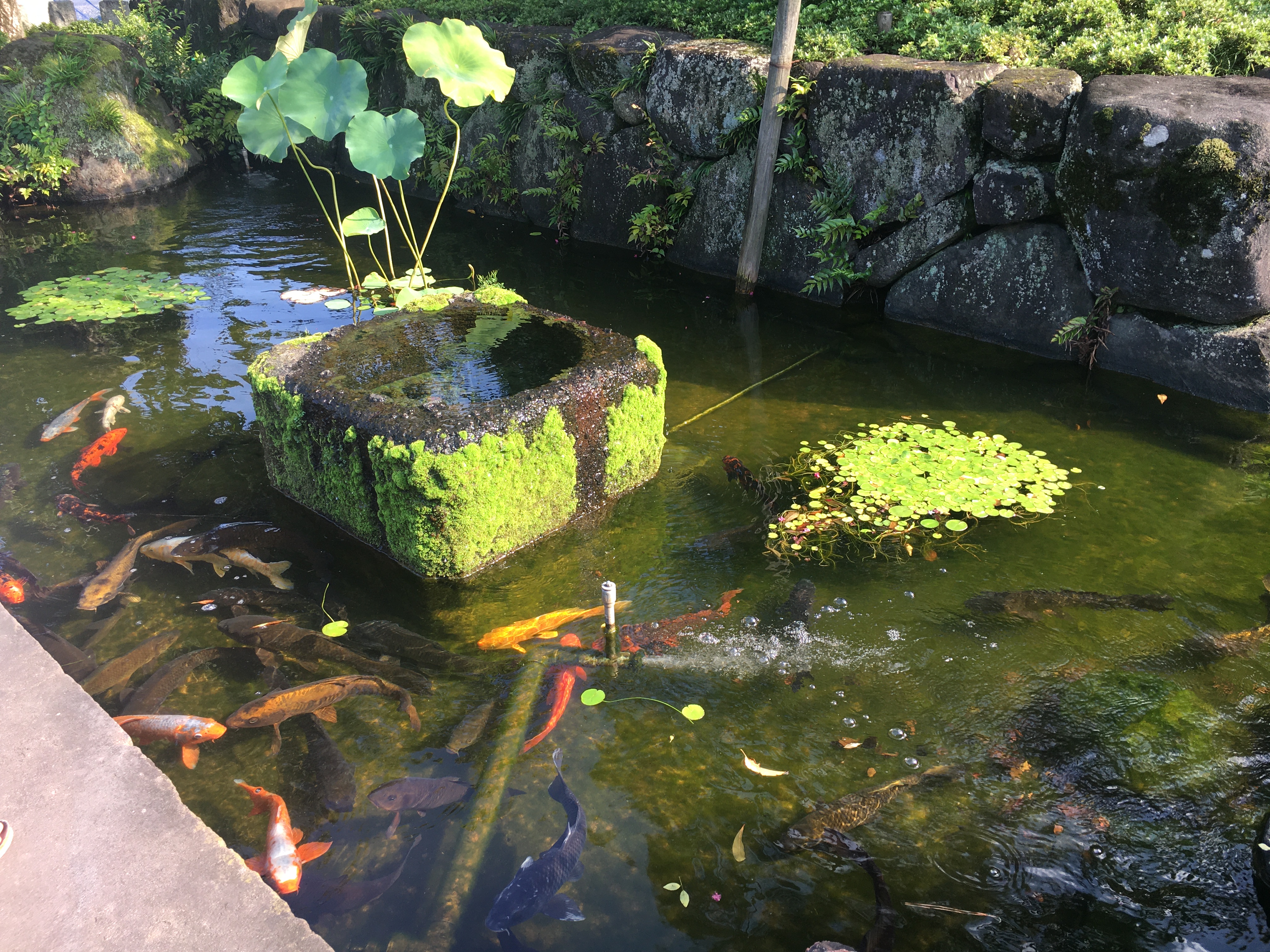
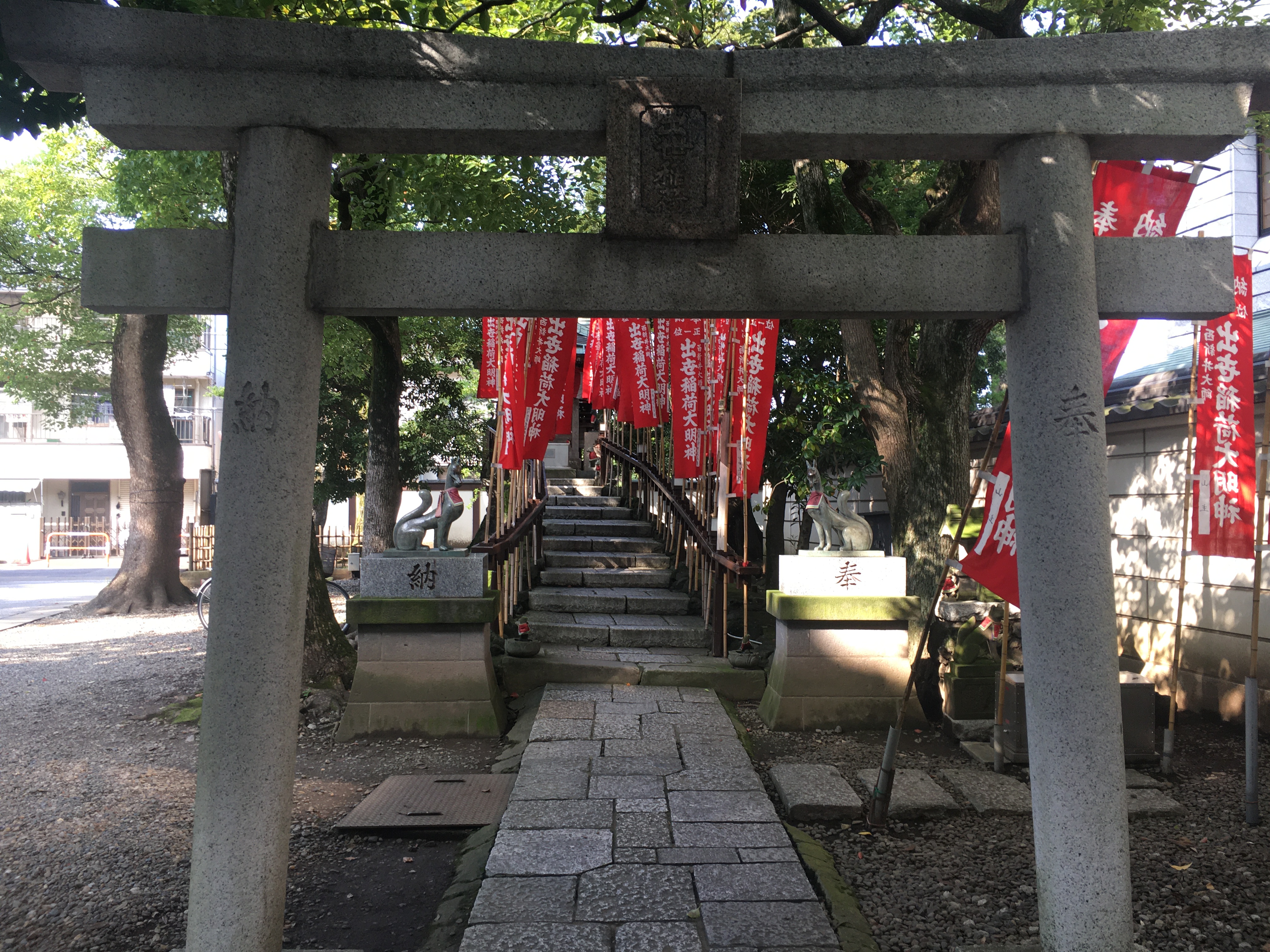
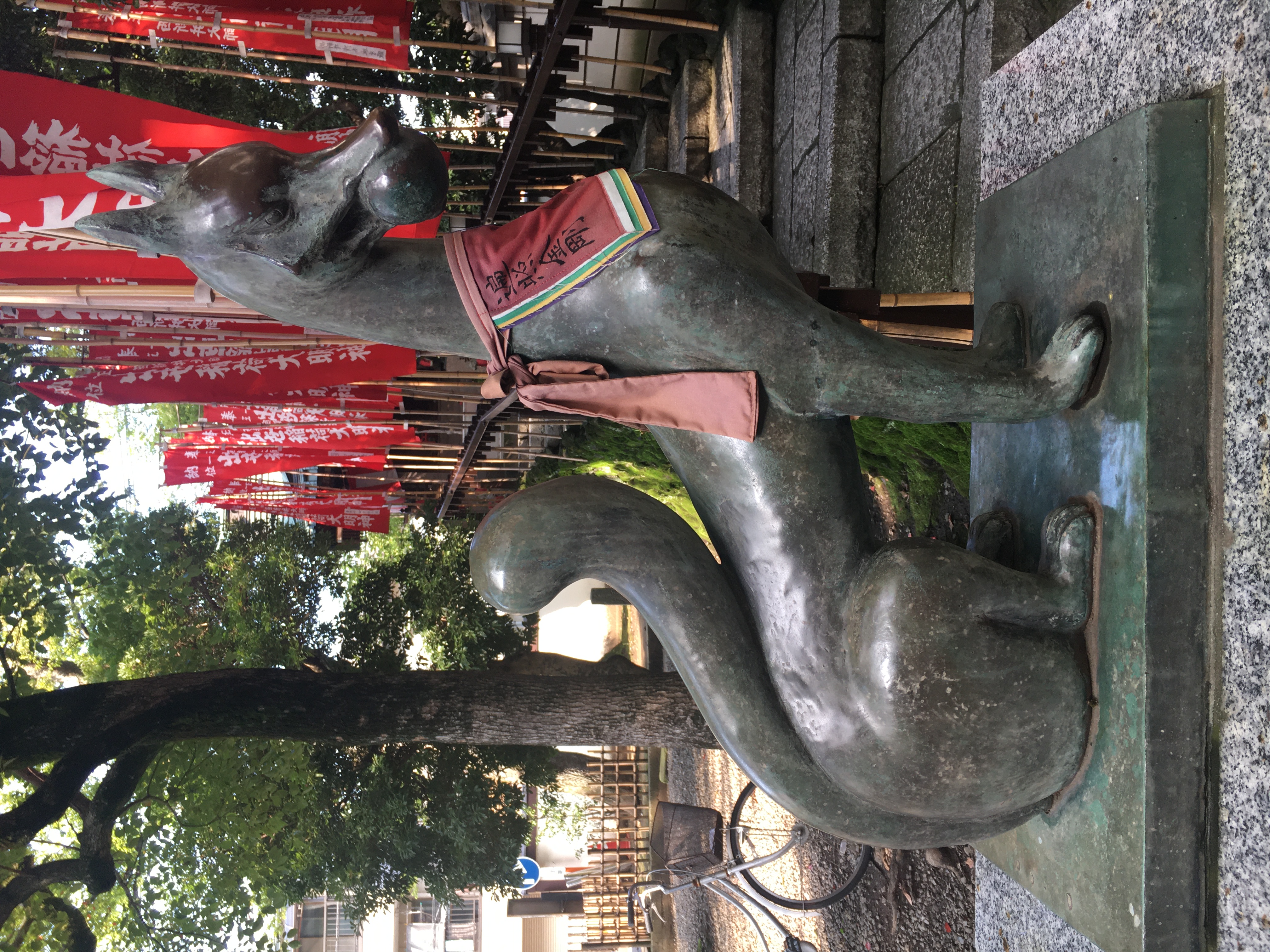
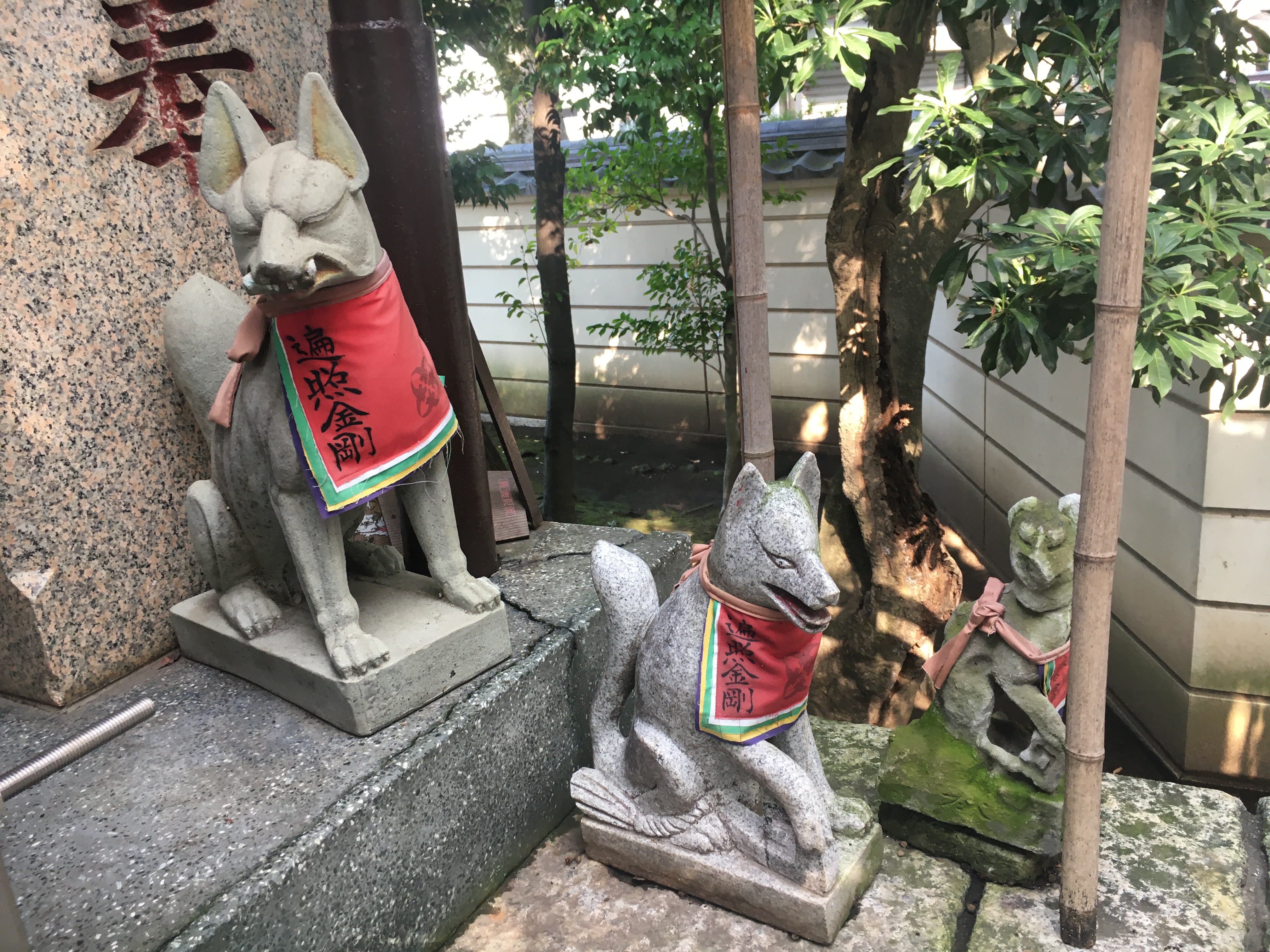
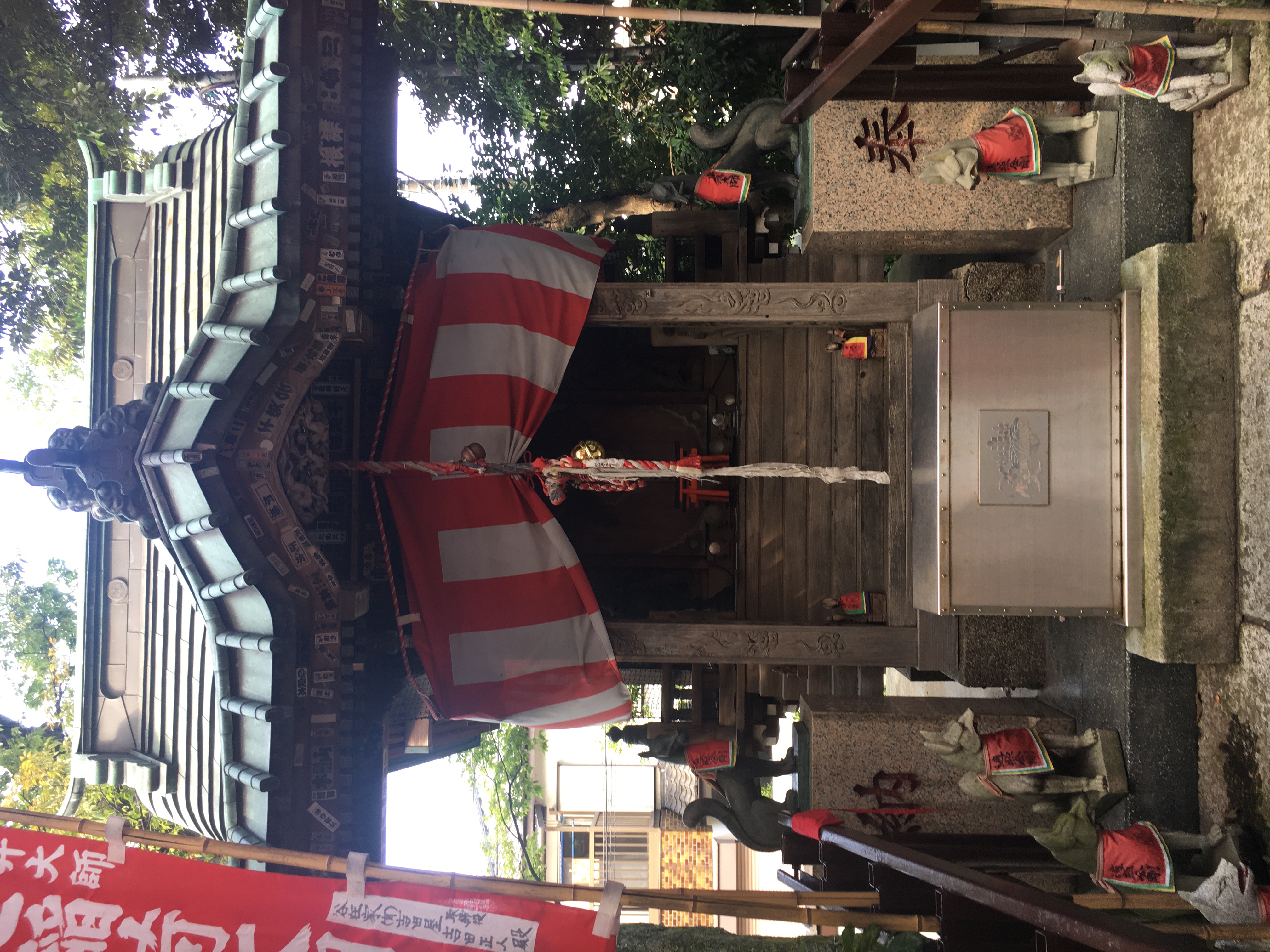
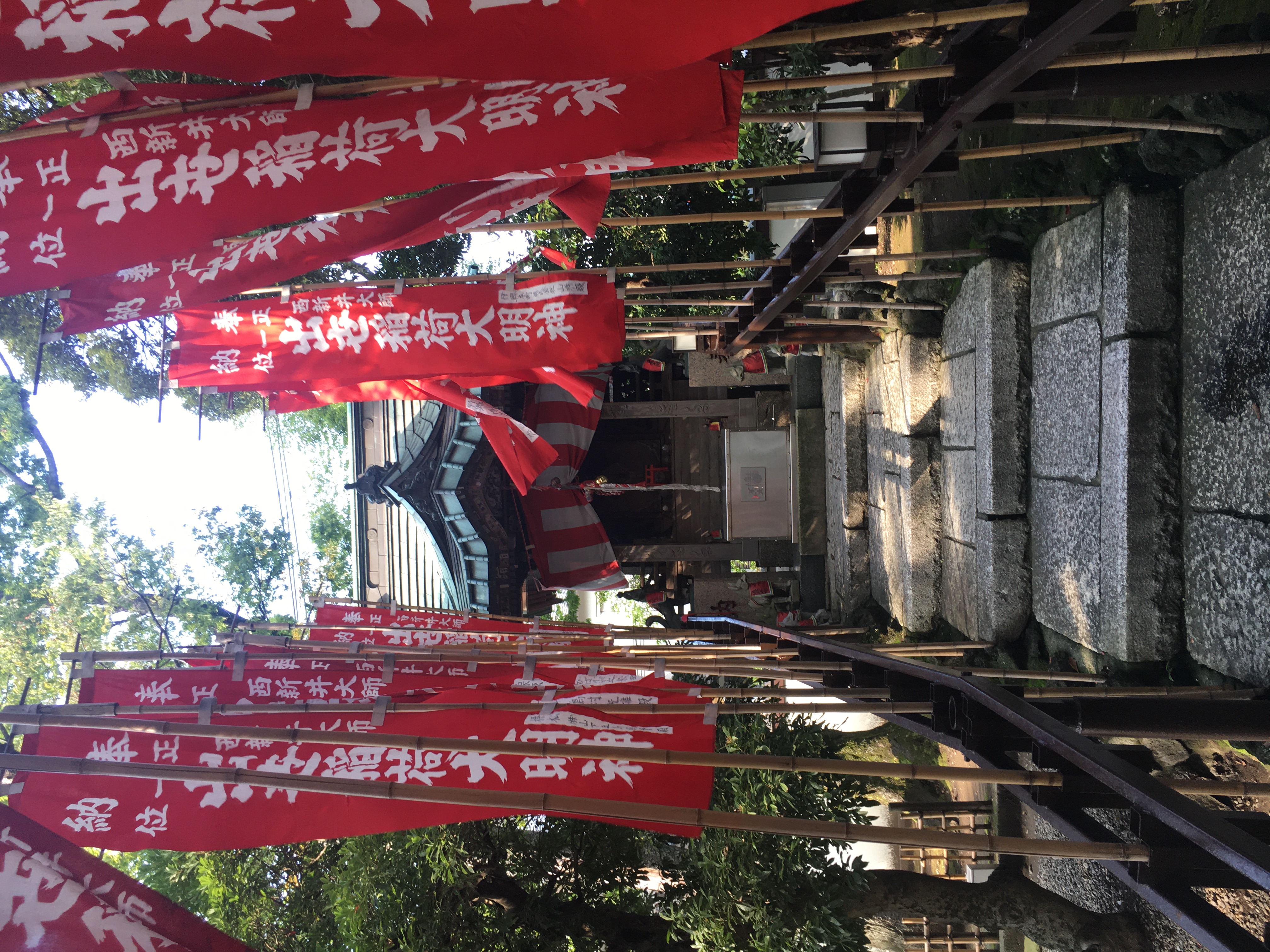

Congratulations, your post has been added to Pinmapple! 🎉🥳🍍
Did you know you have your own profile map?
And every post has their own map too!
Want to have your post on the map too?
It's very interesting to see those street almost empty. Great article, thank you for sharing.
Hiya, @choogirl here, just swinging by to let you know that this post made it into our Honorable Mentions in Daily Travel Digest #1346.
Your post has been manually curated by the @pinmapple team. If you like what we're doing, please drop by to check out all the rest of today's great posts and consider supporting other authors like yourself and us so we can keep the project going!
Become part of our travel community: